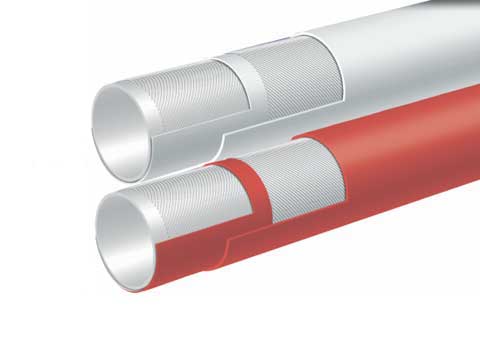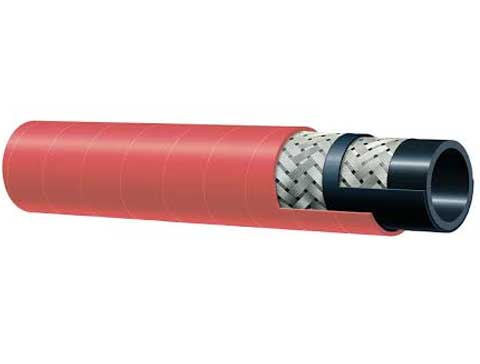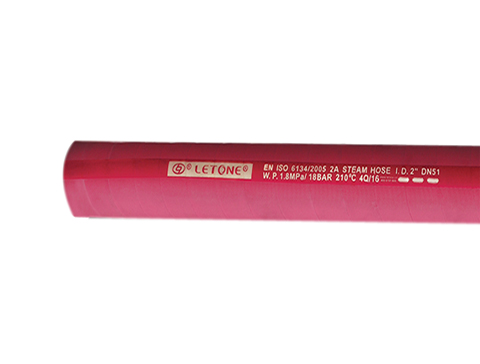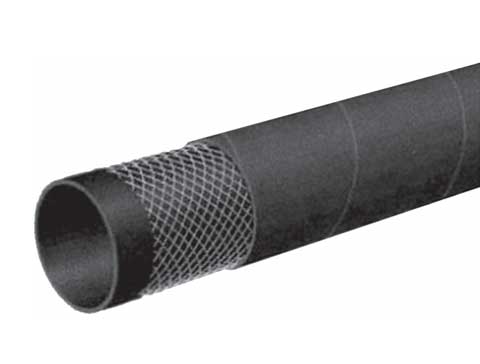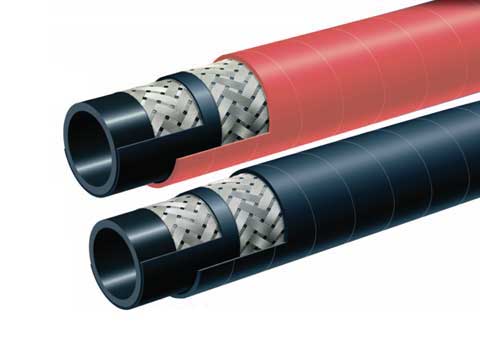Seal Fittings for drain pipes are used to protect and connect drain pipe. These fittings include flanges and slip-joints as well as caps and plugs.
Flanges are a common connection point for pipes that pass through walls, floors and ceilings. Also, they are used to attach plumbing fixtures. Caps are similar in appearance to plugs, but they are designed to cover a pipe's end.
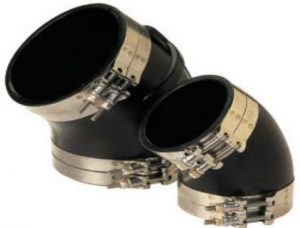
industrial drain hose quick connect couplings
Industrial drain hose quick connect couplings are fast and easy means of connecting various piping or fluid transfer lines. They have an automatic shut-off at the coupler's end that disengages, without the need for separate ball or line valves.
These couplings are not only easier to connect, but also more secure. This is due to their spring-like nature, which stops any fluids from flowing when they are disconnected.
There are many different types of quick disconnect couplings available, so it is important to choose the right one for your application. They're available in a variety of materials and are designed for applications with a wide range of temperatures and flow psi.
Some of these couplings have a coating that is resistant to corrosion and are made from stainless-steel. These are the perfect choice for applications that are likely to be exposed to water or chemicals.
Others are made of brass and have a chromium-plated coating. These are perfect for high pressure hoses and can handle a range of different temperatures.
These hose connections are available in both a plastic push-fit and a twist-seal connection. The twist-seal hose connection has a screw connector that functions like a garden hose plug. The screw plug will also have two parts (outer threads and inner threads). These are ideal for use in a wide variety of piping or fluid transfer systems.
Tubes for industrial drainage hoses
Tubes for industrial drain products are available in different sizes and materials. They are manufactured using a process known as extrusion. The extruder screws a raw rubber compound through a die that creates the tube size and shape.
The tube's material can determine its structural and chemical properties. Metals like stainless steel and aluminum are common choices for tubes that need corrosion resistance and strength.
Other tube types include glass and polyurethane. Glass tubing is made of a hard, brittle silicate. Polyurethane tubing, on the other hand, is flexible and softer. It is often used for piping systems which need to transport fluids under high pressure.
Plastics are also commonly used as tubing materials, with polyvinyl chloride (PVC) being a popular choice for cold water and drainage applications. It is resistant to a wide range pressures and can handle many caustics and oils.
Non-reinforced rubber is a common choice for low pressure applications and has an even inner surface that maximizes flow and reduces or prevents buildup. It can be inserted with one or more plies of cloth, which increases its strength and durability. The cloth is useful for industrial applications such as oil and natural gas production. It provides additional abrasion resistant.

